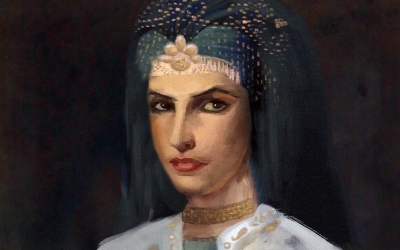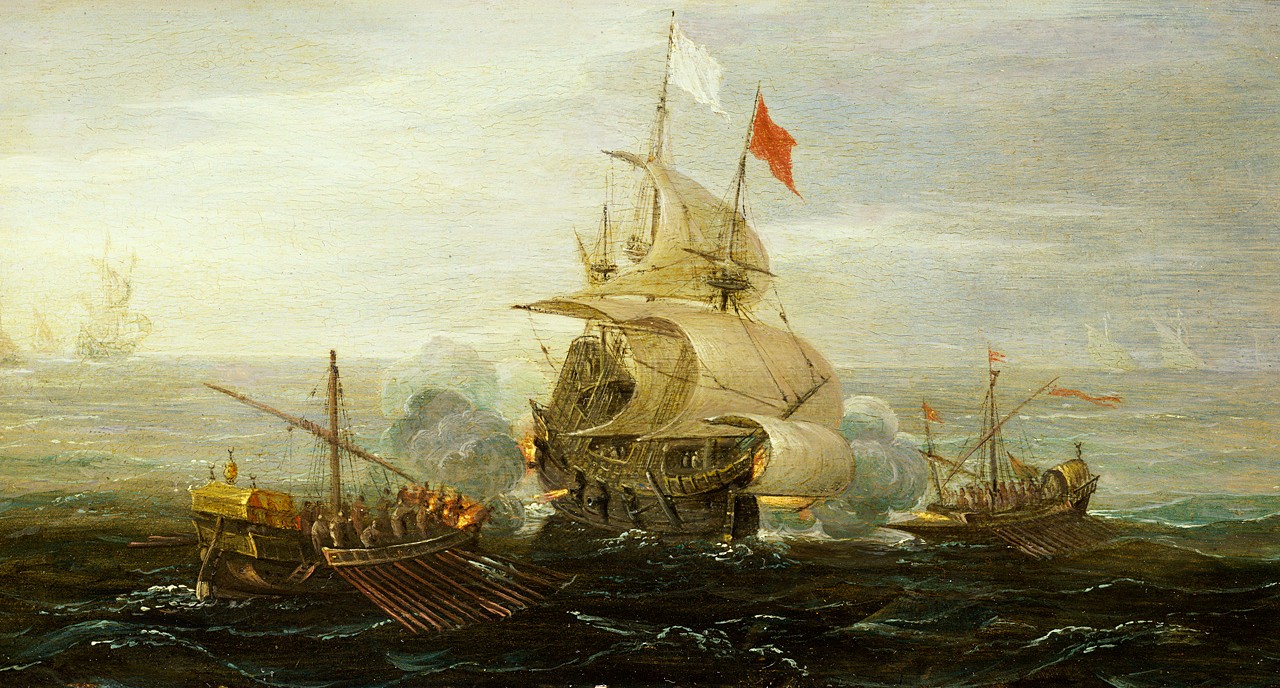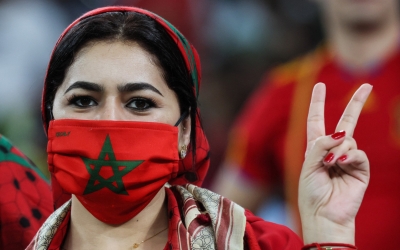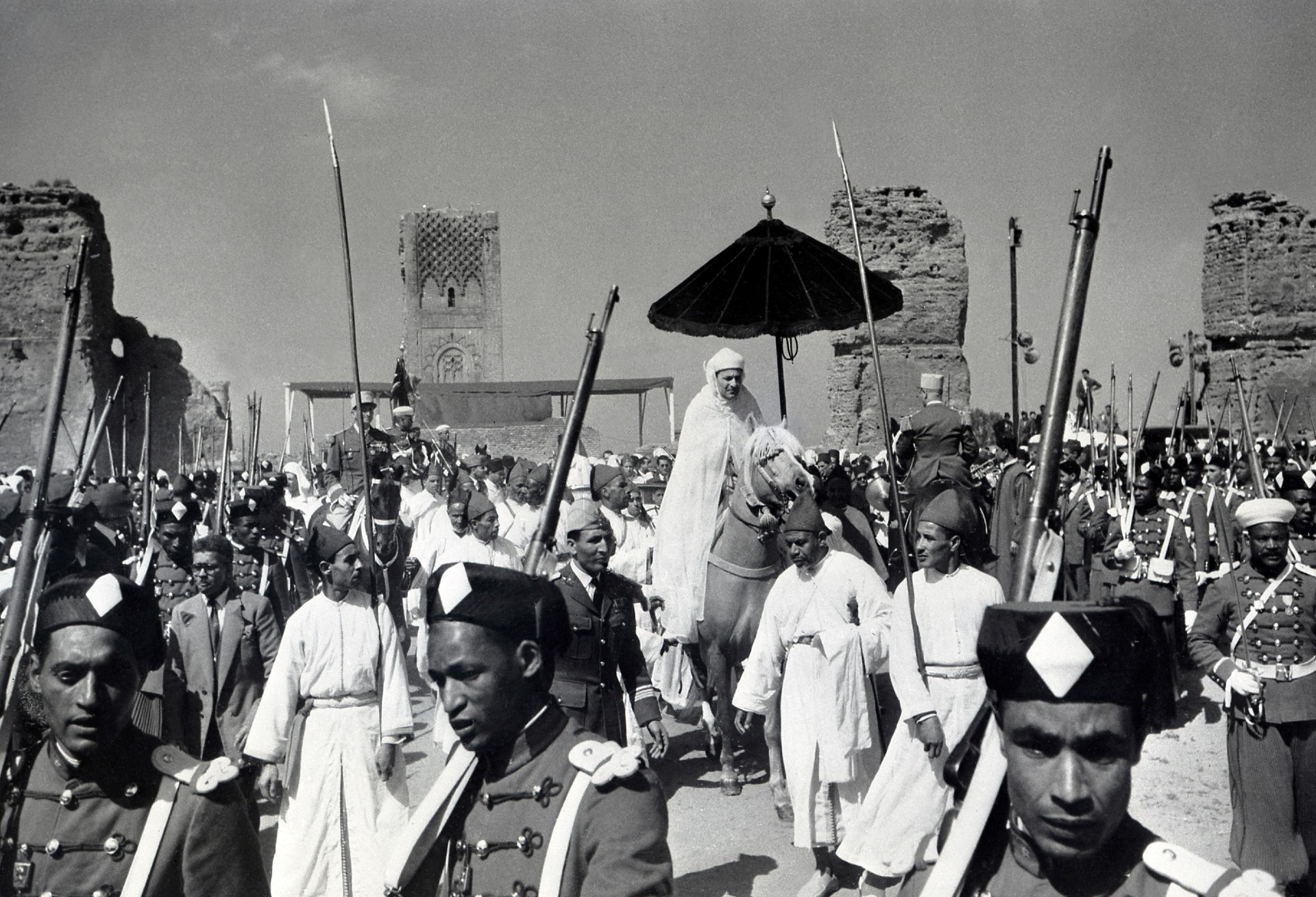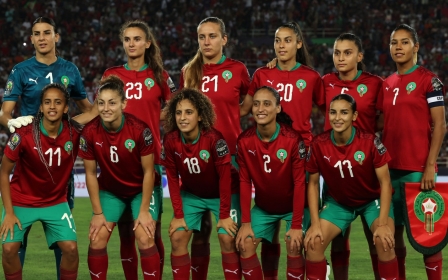Morocco vs France: A history of pirate raids and brutal colonialism
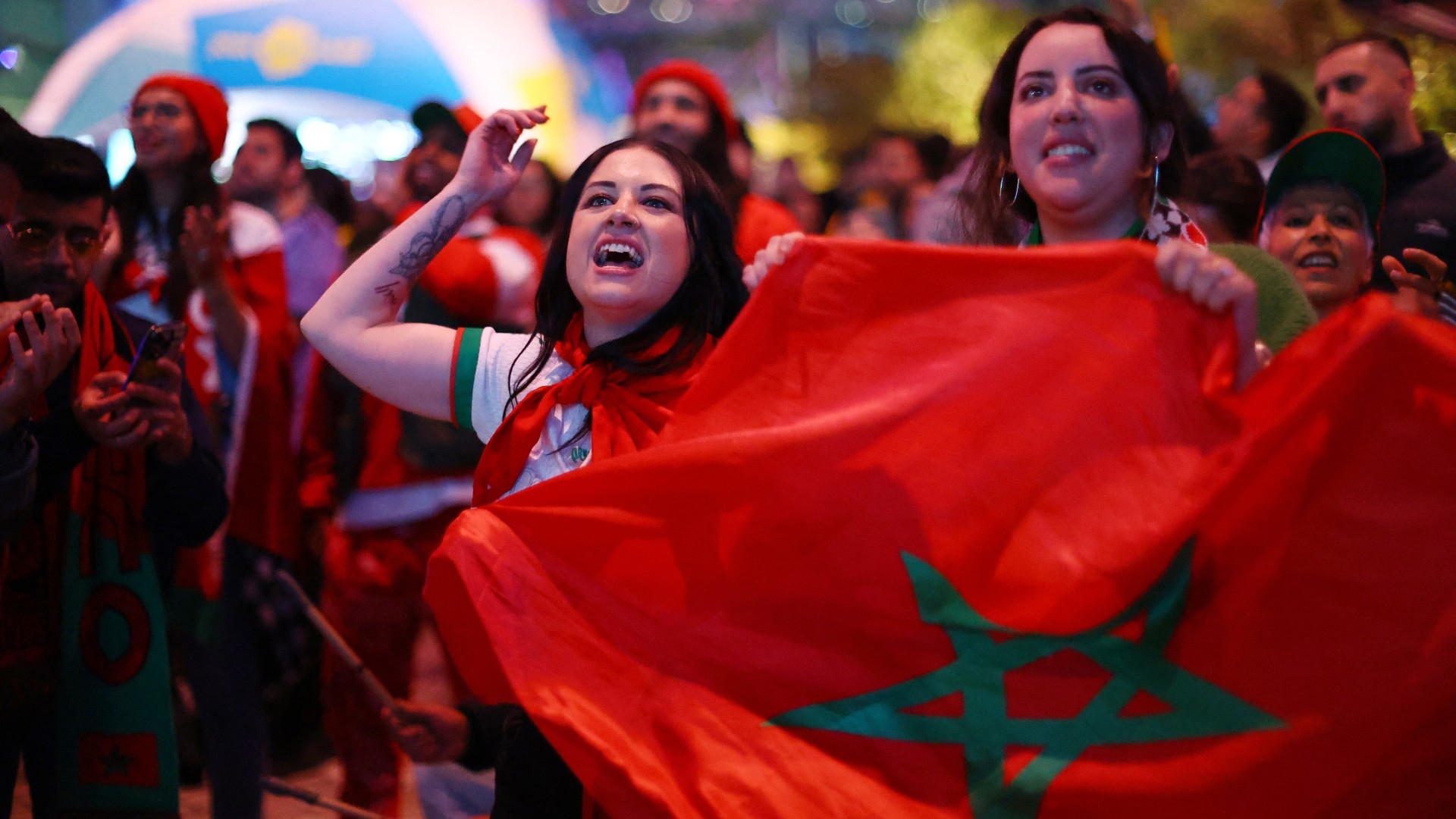
Morocco's advance to the knockout stages of the Women's World Cup is already a momentous event - but the identity of their next opponent, France, adds another layer of historical spice.
With huge back-to-back wins against South Korea and Colombia - teams ranked significantly above them - the Atlas Lionesses advanced from the group stage at the expense of Germany.
Their fairytale run continues on Tuesday against France, a repeat of the men's World Cup semi-final in December.
It has been jokingly described on social media as the latest match in "derby de colonialism" after the Netherlands beat South Africa on Sunday and England narrowly defeated Nigeria on penalties a day later.
Enter the latest match-up between former coloniser and colony: France vs Morocco.
New MEE newsletter: Jerusalem Dispatch
Sign up to get the latest insights and analysis on Israel-Palestine, alongside Turkey Unpacked and other MEE newsletters
The countries may be 1,800km apart in distance, but they share a history that spans over a millennium, including Morocco-based pirates trading French slaves, a 20th-century European conquest filled with brutal battles and rebellions, and a close trading relationship across several sectors in the present day.
Here's what you need to know about the history of relations between the two countries:
Islamic conquest and Barbary pirates
In 711 CE, Muslim forces launched an invasion of Europe from Moroccan shores, led by Tariq ibn Ziyad, an Amazigh convert to Islam who governed Tangier.
Within years, most of modern-day Spain and Portugal fell under Islamic rule.
Under the order of the Umayyad dynasty, Arab and Amazigh forces marched further north, securing control of Septimania, an area that roughly corresponds to the Languedoc-Roussillon region of southern France.
They raided eastern France too, invading Lyon and Autun. It was only after a decisive defeat to Frankish forces at the Battle of Tours in 732 that the Muslims were pushed back. By 759, most of modern-day France had been retaken by the Franks.
Muslim forces would return to the region in the 10th century to build a fortress in Provence, near Saint-Tropez, and the Morocco-based Almoravid and Almohad empires would later threaten French borders after taking over Muslim-controlled Iberia.
For several centuries thereafter, France maintained trading ties with Morocco, a rare independent Muslim state in North Africa that had not come under the direct rule of the Ottoman empire.
A major point of contention for the two was the Barbary corsairs: pirates (many of whom were Muslim refugees fleeing Spain after the reconquista) operating in North Africa who tormented European ships, partly as revenge for the expulsion of Iberian Muslims.
Several of their operations were launched from Sale and Rabat in Morocco, and included raids on coastal European towns, including in France, to capture slaves to be sold in the Middle East and North Africa.
In 1629, French admiral Isaac de Razilly bombarded Sale, destroying three corsair ships, and subsequently secured the release of French slaves from Morocco.
Two years later, the Franco-Moroccan Treaty of 1631 was signed, giving French subjects preferential rights in the Maghreb.
France takes control
Tensions with the Barbary corsairs continued into the mid-18th century, with further French bombardments on Sale and Rabat in 1765.
Later that year, France launched its first failed attempt to invade Moroccan territory with the Expedition of Larache, which resulted in between 200 and 300 deaths.
After a brief period of peace, the Franco-Moroccan War broke out in 1844 following Morocco's support for Algerian resistance against French invasion of its neigbour.
French assaults on Tangier and Essaouira, and at the Battle of Isly on the Algerian border, forced the Moroccans to demarcate the border and end its alliance with Algerian resistance leader Emir Abdelkader.
A major European flashpoint and prelude to World War One, which came to be known as The First Moroccan Crisis, took place in 1905 when Germany entered a dispute with France and Britain over who should control the North African country.
Kaiser Wilhelm II arrived in Tangier and declared his support for an independent Morocco. The crisis was resolved in 1906 after a treaty in Algericas awarded France a controlling interest in the country, with guarantees of trade for all other nations.
A year later, the death of French doctor Emile Mauchamp in Marrakech was used as a pretext to start a full-scale military conquest of Morocco. The latter’s huge public debt was also seen as a key driver for French colonisation.
A Second Moroccan Crisis would break out between European powers in 1911 when French troops pushed into Morocco, violating the Algericas agreement, to which Germany responded by sending its own warship to Agadir.
Morocco was officially made a French protectorate in the Treaty of Fez in 1912, with parts of the country handed over to Spain.
Unlike Algeria, which became part of France, Morocco was technically not a colony but a protectorate - the country’s sultan continued as head of state.
But European colonists quickly took over large swathes of Moroccan agriculture: a third of Morocco’s cultivated land passed into the hands of Europeans, despite the fact they never made up more than a seventh of the population.
The French also took control of state policing, taxation at Morocco’s key ports, and natural resources including the mining of phosphates in the Khouribja province.
Around 40,000 Moroccans were sent to the frontline during World War One, fighting in all the major battles of the conflict.
Brutal fight for Moroccan independence
France faced local resistance from the outset of its invasion, with thousands of Moroccans killed fighting for independence.
In 1912, French commanders violently cracked down on Moroccan soldiers who mutinied in Fez, resulting in 800 deaths. Amazigh tribesemen later laid siege to the city, and were defeated in a crackdown that caused a further 600 to be killed.
France waged war on a number of regions which refused to bow to European overlords, notably against the Zaians and the Riffians.
The Zaian war, fought by the Amazigh population in the Khenifra region, lasted from 1914 until 1921. The Battle of El Herri was a notable early victory for the Zaians, led by Mouha ou Hammou Zayani, with over 600 French-aligned troops killed.
The tribe was ultimately forced to submit to French rule in 1921.
The Rif War, which began in 1921, was initially fought between Amazigh fighters in the mountainous Rif region and Spanish colonial forces.
After the Riffians crushed Spain’s army at the Battle of Annual, in one of the worst-ever defeats in the history of Spain’s modern army, France joined the war in 1925 and ended the short-lived Rif republic.
It was around then that the Moroccan nationalist movement was initiated. In the early 1930s they protested against a decree issued by the sultan which would subject Amazigh communities to customary, rather than Islamic, law.
Towards the end of World War Two, Moroccans began to believe in the possibility of independence, particularly after US President Franklin D Roosevelt had expressed support for it during the 1943 Casablanca Conference.
The Istiqlal Party was formed in 1943 to promote independence from French occupation.
Sultan Mohammed V declared his support for independence, and in the run up to a speech he was to deliver in Tangier in 1947, French authorities attempted to disrupt his journey by killing hundreds of civilians in Casablanca during a brutal massacre on a residential neighbourhood.
A hundred Moroccans were further killed by French forces in the same city after an anti-colonial uprising in December 1952.
The pro-independence sultan was forced into exile in Madagascar in 1954, and the installation of his cousin Muhammad Ben Aarafa sparked further protests from nationalists.
Following an escalation in violence between colonial forces and Moroccan nationalists, Mohammed V returned from exile in November 1955 and Morocco was declared independent.
From foes to partners
Following indepdence, King Hassan II, son of Mohammed V, began a process of Moroccanisation, handing over foreign-owned assets, particularly French-held, to Moroccan owners.
Some researchers have argued that Moroccanisation was akin to “the protectorate version 2.0”, in which members of the country’s elite were handed control of the economy.
Morocco and France have mostly maintained friendly ties in the decades since independence.
France, along with another former occupier Spain, is comfortably Morocco’s largest trading partner. They respectively made up 21 and 22 percent of its exports last year.
The French are the largest foreign direct investors in the North African country, with over four times more inflows than the UAE, the second-largest investor.
In fact, Morocco is the leading destination for French investment in Africa. The vast majority of major French companies have subsidiaries in Morocco, including 33 of the 40 companies listed on France’s CAC 40 stock market index.
Another key area of continued alliance is in education: French-run schools have a major presence in Morocco, with most of the middle and upper classes continuing to send their children to French schools.
Around 33 percent of Moroccans are able to speak French, according to the Organisation Internationale de la Francophonie, and the language remains entrenched in many aspects of life including government and media.
Last year, a campaign was launched calling for English to replace French as the country’s official foreign language to broaden the horizons of young people.
There is believed to be over 1.5 million people of Moroccan origin living in France, representing the largest Moroccan diaspora in the world.
Of those, 750,000 are Moroccan nationals - the second largest non-EU immigrant group in France behind Algerians.
Several of Morocco's male and female national football team stars are French-born, including men's star forward Sofiane Boufal and head coach Walid Regragui.
On the women's side, goalkeeper Ines Arouaissa, defenders Nesryne el-Chad and Sabah Seghir, midfielders Sarah Kassi, Elodie Nakkach, and Anissa Lahmari, and forward Kenza Chapelle were all born on French shores.
Despite decades of close ties, relations detoriated somewhat last year after France denied entry visas to Moroccan migrants across several sectors.
The tensions coincided with an improvement of French relations with Algeria, with whom Morocco disagrees about the fate of the disputed Western Sahara.
Editor's note: This article was first published on 13 December 2022 ahead of Morocco vs France in the men's World Cup semi-final. It has been updated and re-published on 7 August 2023 ahead of the women's World Cup last 16 match
This article is available in French on Middle East Eye French edition.
Middle East Eye delivers independent and unrivalled coverage and analysis of the Middle East, North Africa and beyond. To learn more about republishing this content and the associated fees, please fill out this form. More about MEE can be found here.


